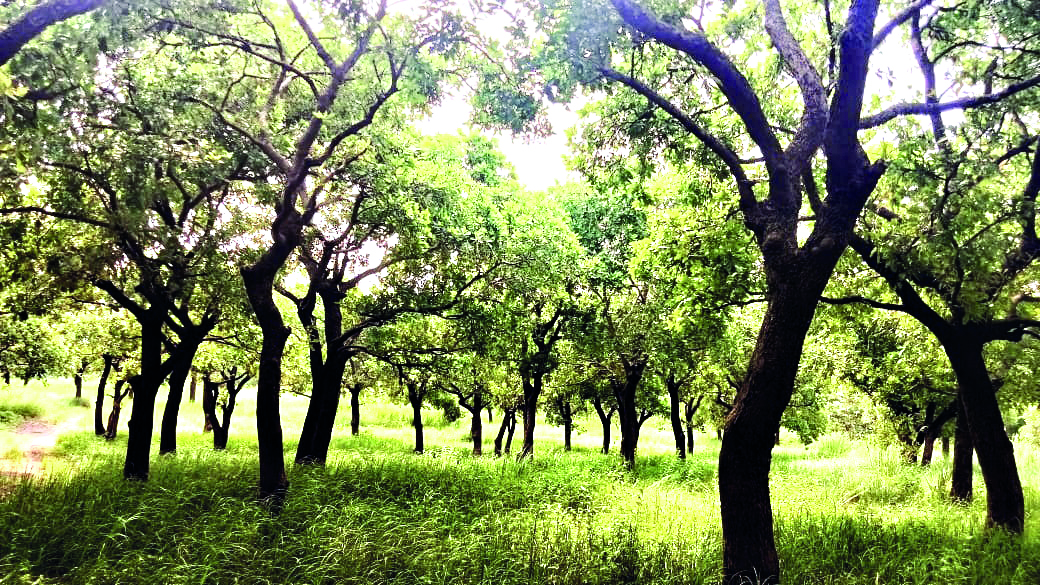Diverse forest systems more effective in storing carbon than monocultures: Study

NEW DELHI: Diverse forests with mixed species store 70 per cent more carbon than monocultures which have only one variety, new research has found.
Complementary traits of the different species can increase overall carbon storage and thus, mixed forests are especially effective at storing carbon, the international study including researchers from the University of Oxford, UK, found after comparing carbon stocks in mixed planted forests and monocultures, including commercial ones.
Mixed forests are also more resilient to pests, diseases, and climatic disturbances, which further raises their long-term carbon storage potential, the researchers said in their study published in the journal Frontiers in Forests and Global Change.
“As momentum for tree planting grows, our study highlights that mixed species plantations would increase carbon storage alongside other benefits of diversifying planted forests,” said Susan Cook-Patton, a collaborator on the study.
For the study, the researchers’ dataset included studies published since 1975 that directly compared carbon storage in mixed and single-species forests and previously unpublished data from a global network of tree diversity experiments. The team found that forest systems with two species had greater aboveground carbon stocks than monocultures and stored up to 35 per cent more carbon.
Further, forests having a mix of four species were found to be the most effective carbon sinks.
However, forests made of six species showed no clear advantage to monocultures, the researchers found.
A recent study revealed that aboveground carbon stocks in mixed forests significantly outperform monoculture forests. Researchers found that carbon stocks were 70 percent higher in mixed forests compared to the average monoculture, and 77 percent higher than in commercial monocultures designed for high yield.
The study, conducted by experts at the Department of Biology, University of Oxford, highlights the environmental benefits of diversifying planted forests. However, the researchers acknowledged certain limitations due to the scarcity of studies comparing mixed and monoculture forests, especially in older forests with greater tree diversity.
Emily Warner, a postdoctoral researcher in ecology and biodiversity science at the University of Oxford and the study’s lead author, emphasised the importance of long-term experimental data to better understand the mechanisms driving these results. She underlined the urgent need for further research to explore how the advantages of carbon storage from diversification vary based on factors such as location, tree species, and forest age.



